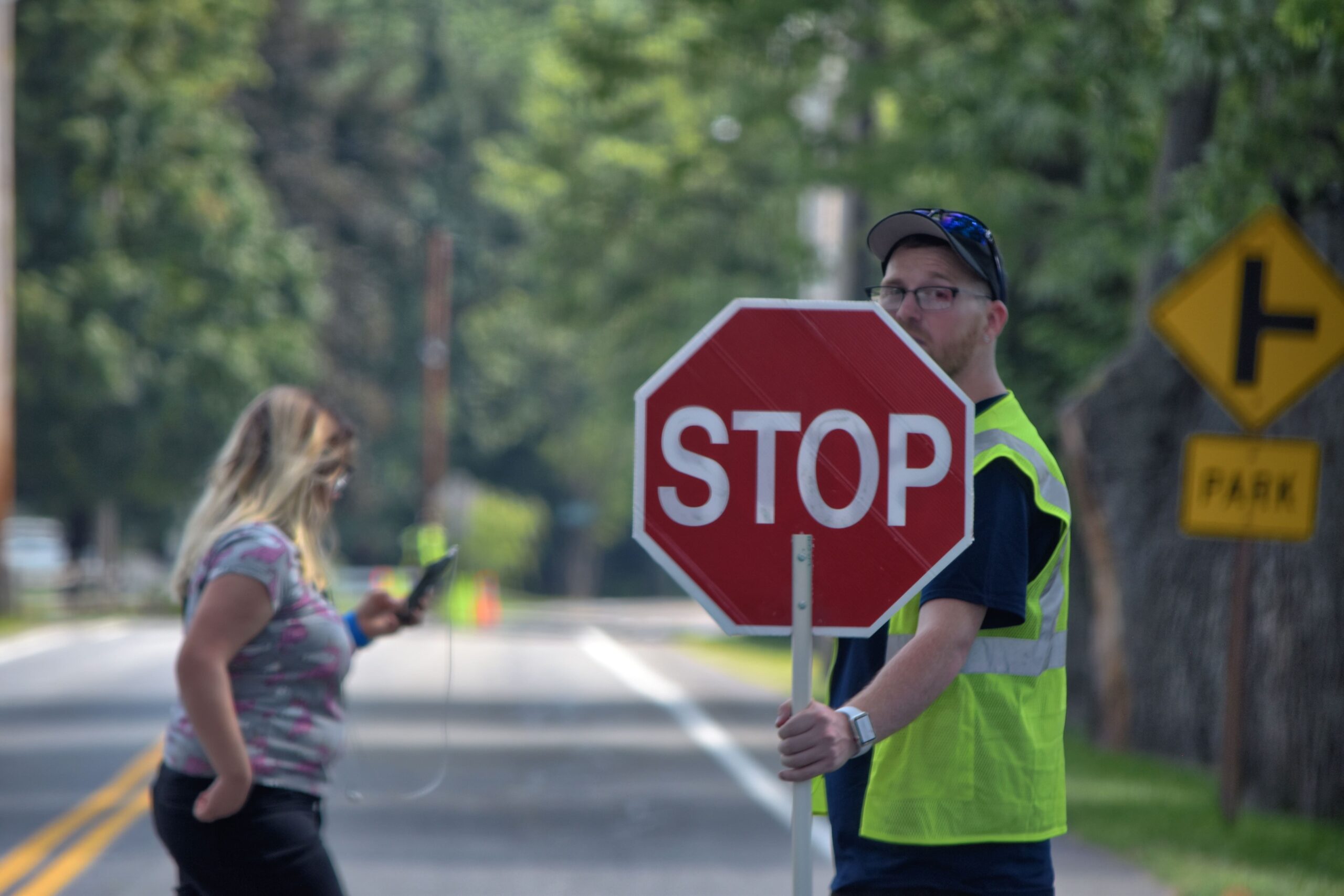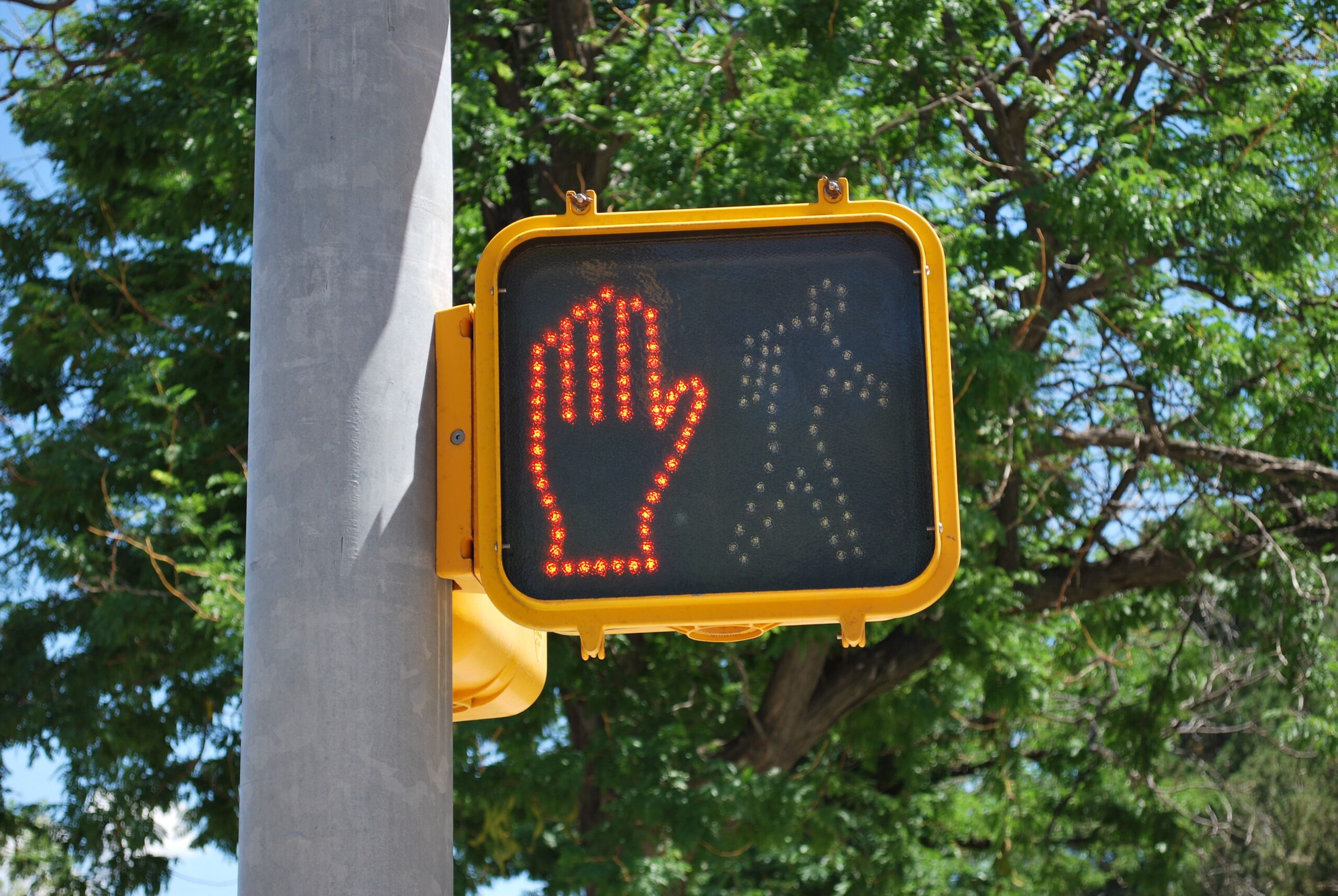
Custom Stop Signs for Private Properties
You’ve likely seen a host of standard stop signs while driving, but have you ever considered the benefits of custom stop signs for your private property? These signs, tailored to your specific needs and aesthetic preferences, could be a game-changer in managing traffic flow and enhancing safety. But you might be wondering, “Do I really need one?” Let’s explore this question further, and perhaps you’ll discover the answer isn’t as straightforward as you might think.
The History of Stop Signs

red stop signs on the pole
Ever wondered about the origins of the ubiquitous stop sign? The stop sign evolution began as a simple traffic signal, born from public safety initiatives around the early 20th century.
Its design standardization and color symbolism have shifted over time, reflecting changes in society’s understanding of visibility and caution. Initially, stop signs were yellow with black letters, as red dyes faded over time.
However, with the advent of fade-resistant red enamels in the 1950s, the color switched to the now-universal red and white. This change was based on color symbolism: red signifies danger and commands attention.
The stop sign’s history is a reflection of society’s ongoing commitment to enhancing public safety.
The Psychology Behind Stop Signs
While the history of stop signs offers a fascinating look at public safety evolution, there’s another layer to these red octagons we encounter daily.
They’re designed with a deep understanding of color psychology and cognitive recognition. The bright red color is no accident. It’s chosen for its powerful visual impact, grabbing your attention and triggering an instinctive response.
The bold, white lettering stands out, delivering a clear message. Sign design plays an essential role in shaping traffic behavior, and these signs are a prime example.
The octagonal shape, too, aids in recognition, even when visibility is poor, or the sign is partly obscured.
The shape of a stop sign is an octagon. This eight-sided shape is used specifically for stop signs to make them easily recognizable and distinguishable from other traffic signs, even from a distance or in poor visibility conditions. This unique shape helps drivers quickly identify the sign’s purpose, reinforcing the message to stop at intersections or designated areas..
The Importance of Stop Signs in Traffic Safety
You can’t underestimate the importance of stop signs in traffic safety.
They’re not just metal posts with red octagons; they’re essential for preventing accidents and enhancing road discipline.
Imagine a world without them—chaos, right?
Preventing Accidents Effectively
Let’s face it, stop signs play a significant role in keeping the roads safe. They’re part of the accident prevention strategies that contribute to community safety awareness. Effective signage placement is essential in this, offering visual cue effectiveness that aids in preventing accidents.
Traffic calming measures, including stop signs, help regulate vehicle speed, making roads safer for everyone. It’s all about knowing where to place these signs for maximum impact.
Here’s a table summarizing how stop signs contribute to accident prevention:
| Accident Prevention Strategies | Effective Signage Placement | Community Safety Awareness |
|---|---|---|
| Reduces speed and prompts driver caution | Best at intersections and high-risk areas | Fosters a culture of compliance and respect for rules |
| Creates a visual cue for drivers | Use clear, unambiguous designs | Increases awareness of road safety rules |
| Helps regulate traffic flow | Placement should be visible and at eye level | Encourages the community to take part in maintaining road safety |
Enhancing Road Discipline
In the pursuit of enhanced road discipline, the role of stop signs can’t be overstated. They’re essential visual cues in traffic management, making certain everyone on the road understands when to halt, thereby preventing accidents.
However, it’s not just about slapping a stop sign anywhere. The signage design and placement, governed by property regulations, play a significant role in their effectiveness.
A well-designed stop sign grabs attention and fosters community awareness about road safety. As a property owner, it’s your responsibility to make sure that your private roadways are safe.
Custom stop signs can help achieve this and contribute to a more disciplined driving environment. Remember, it’s not just about compliance, but fostering a culture of safety.
Stop Sign Compliance: The Laws and Penalties You Should Be Aware Of
You might wonder, “What’s the big deal about stop sign compliance on my private property?”
Well, it’s more significant than you may think.
Let’s unpack the laws surrounding stop signs, the penalties you could face if you don’t comply, and why it’s so essential to stay on the right side of the law.
Understanding Stop Sign Laws
Maneuvering through the maze of traffic laws can be challenging, especially when it comes to understanding stop sign compliance.
Stop sign regulations are traffic control measures implemented to guarantee safety. They’re not mere suggestions; local enforcement policies mandate their strict adherence. So, it’s vital for you to understand and follow them.
They often vary depending on your locality, but the fundamental principle is universal: stop, look, and proceed when it’s safe.
Signage visibility standards guarantee that stop signs are clearly visible, even at night. They’re a part of broader community safety initiatives aimed at preventing accidents.
Ignoring them not only endangers lives but also exposes you to potential penalties.
Penalties for Non-Compliance
While understanding and adhering to stop sign laws is essential, it’s equally important to be aware of the penalties associated with non-compliance. Ignoring the compliance importance can lead to serious legal ramifications.
For instance, you may face:
- Heavy fines as part of penalty enforcement
- Increased property liability
- Mandatory adherence to stricter signage regulations
These penalties aren’t just financial strains, but they can also tarnish your reputation.
As a property owner, it’s your responsibility to guarantee that your property is safe for all visitors. Non-compliance with stop sign laws indicates negligence, which could potentially lead to lawsuits.
Importance of Legal Compliance
Maneuvering the complex world of stop sign laws and penalties isn’t just about avoiding fines and lawsuits—it’s about fostering a safe environment for everyone who steps foot on your property. Understanding the legal requirements, sign specifications, and property regulations guarantees better compliance benefits and mitigates liability concerns.
Here’s a quick table to help you grasp these aspects:
| Legal Requirements | Sign Specifications | Compliance Benefits |
|---|---|---|
| Understand local laws | Correct size & color | Avoid fines |
| Verify proper placement | Appropriate wording | Reduce accidents |
| Regular inspection | Visible & unobstructed | Limit liability |
| Secure required permissions | Meet reflectivity standards | Increase safety |
| Follow ADA regulations | Conform to MUTCD guidelines | Enhance reputation |
Stop Signs for Pedestrian Safety: Protecting Foot Traffic in Urban Areas

Community volunteer holding a stop sign
Maneuvering bustling urban areas can often feel like a high-stakes game of hopscotch.
However, with effective urban planning and strategic traffic calming measures, you can enhance pedestrian awareness and community safety. Check out the school crossing signs.
Consider this:
- Custom stop signs aid in traffic calming, slowing down vehicles and creating a safer environment for pedestrians.
- Through their visibility and clarity, these signs boost pedestrian awareness, keeping everyone on the same page.
- Effective signage plays a critical role in urban planning, contributing to overall community safety.
Private Property Safety: How Custom Stop Signs Can Help Control Traffic

Stop sign at a private property for traffic management
Moving from bustling urban areas to the tranquility of private properties, the role of custom stop signs remains consistently beneficial. They’re not just for city streets anymore.
Effective traffic flow on your property is vital for everyone’s safety. With a custom signage design, you can control traffic, reducing the risk of accidents and promoting neighborhood safety.
As part of your property management strategy, think of these signs as custom solutions that meet your unique needs. They can be tailored to match your aesthetic while still maintaining their essential function.
Is a Custom Stop Sign Right for Your Private Property?
So, is a custom stop sign the right choice for your private property? It might well be, especially when considering the following:
- Custom design benefits: You can tailor your sign to fit your property’s aesthetics, making a significant impact on its look and feel.
- Traffic management strategies: Using signs with clear, personalized messages can effectively regulate traffic flow.
- Neighborhood safety enhancement: A well-placed, highly visible sign can boost safety levels around your property.
Conclusion
Just like a conductor with an orchestra, a custom stop sign can harmonize your private property’s traffic flow. It’s more than just a safety precaution—it’s a beacon of order, a symbol of responsibility. So, do you need one? If safety and efficiency are your tunes, then yes, let a custom stop sign be your baton. There’s no better way to keep your property’s traffic in perfect rhythm.